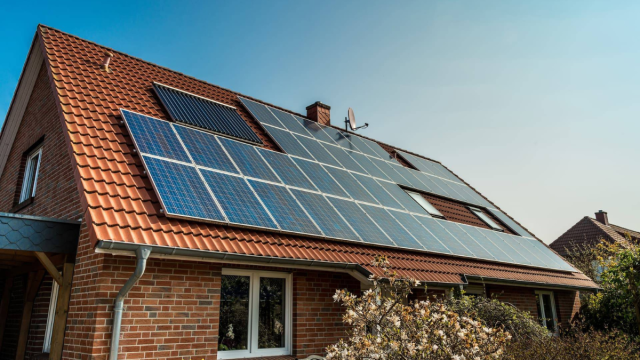With rising energy costs and a growing focus on sustainability, more Australians are considering the benefits of installing solar panels at home. But before making the leap, it’s important to assess whether your property is actually suitable for solar power. From roof orientation to shade coverage, there are several key factors that determine the efficiency and return on investment of a residential solar system. Here’s what to consider when evaluating your home’s solar potential.
Roof Orientation and Angle
Contents
The direction your roof faces plays a major role in how much sunlight your panels can capture. In Australia, a north-facing roof is generally ideal for solar energy production, although east- and west-facing roofs can also be viable depending on your energy usage patterns. On top of this, your roof’s pitch matters. A tilt between 15 to 30 degrees typically offers optimal exposure to sunlight throughout the year. If your roof is flat or steep, mounting systems can be adjusted to maximise efficiency.
Available Roof Space
Solar systems require adequate space for panel installation. A standard panel is around 1.7m², and the average residential system might use 15–20 panels depending on your energy needs. Consider:
- Unobstructed areas of the roof
- Structural integrity for mounting equipment
- Any chimneys, skylights, or vents that could interfere with layout
An installer can help map out the most effective configuration.
Shade and Sunlight Exposure
Shade is one of the biggest barriers to effective solar power generation. Large trees, nearby buildings, or even satellite dishes can block sunlight and significantly reduce system output.
While some shading throughout the day is manageable, consistent or heavy shading can limit the value of your investment. Modern systems often include optimisers or microinverters, which can help minimise losses from shaded panels.
Energy Consumption Patterns
Understanding how and when your household uses electricity will help you choose a system that aligns with your needs. Solar power is most beneficial for homes that use the bulk of their energy during the day when panels are generating electricity. To get the most from your investment, consider whether you could shift high-energy activities — such as running appliances — to daylight hours.
Grid Connection and Local Regulations
Most homes in Victoria are connected to the grid, allowing you to export excess solar energy and benefit from feed-in tariffs. However, your local electricity distributor will need to approve your system before connection. Some areas may also have specific planning rules, especially in heritage zones or apartment complexes. A professional installer will handle applications and ensure your setup complies with local guidelines.
Roof Condition and Lifespan
Solar panels are designed to last for over 25 years, so it’s important your roof is in good condition before installation. If your roof is nearing the end of its lifespan, it’s often wise to schedule repairs or a replacement prior to panel installation to avoid extra costs down the line.
Financing Options and Incentives
Installing solar can be a significant upfront expense, but there are a variety of rebates, incentives, and payment plans available. If you’re concerned about the initial cost, it’s worth exploring flexible financing for solar packages in Victoria. These options can make solar power more accessible by spreading payments over time while still enjoying reduced energy bills from day one.
Ready to go solar?
If your home meets the key criteria above — or you’re unsure and want expert advice — it’s a great time to explore solar solutions. Not only can solar energy reduce your household’s carbon footprint, but it also offers long-term savings and energy independence. A professional solar assessment is the best way to determine the right system for your home and make the most of the opportunities available in Victoria’s clean energy landscape.


